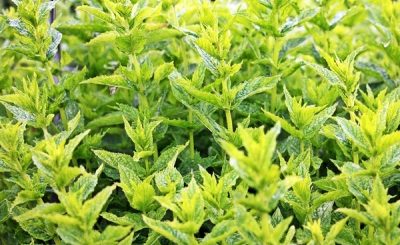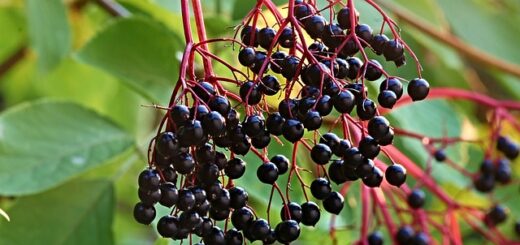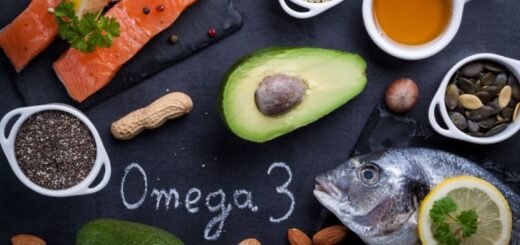What Is Mallow Grass? What are the Benefits?

It is known as a plant species, also known as hibiscus or boiler, and mostly grows in pasture areas. If we approach from a botanical point of view, hibiscus, which finds its place in the hibiscus family, is considered the general name of nearly 1500 plants. However, only 8 of the species in this large family grow in Turkey. Hibiscus, which is usually grown in pasture areas outside the city centers, is 20 to 30 centimeters tall and has a velvety texture. In addition to these, the edges of the round leaves are toothed and have long stems.
The flowers of hibiscus, which bloom throughout the summer, are in pink and lilac tones. The fruits are known as hibiscus seeds, which can be divided into about 10 parts and are not possible to open when ripe. The ability of hibiscus, which is defined as a wild plant, to reproduce continuously occurs when these seeds sprout where they are poured.
What Are the Benefits of Hibiscus?
- When faced with many questions such as what is hibiscus good for or what are the benefits of hibiscus, the benefits of hibiscus are endless. Hibiscus provides important benefits to human health at many different points due to the minerals and vitamins it contains. These benefits can be offered in a wide range from skin health to the digestive system, from respiratory ailments to feverish diseases. At this point, the benefits of the hibiscus flower can be evaluated separately from the benefits of tea and grass. So much so that hibiscus tea offers different benefits, while hibiscus grass and hibiscus flower offer different benefits.
- One of the most important benefits of hibiscus is undoubtedly its skin renewal feature. It is said that the hibiscus, which reduces swelling on the skin, also renews skin cells and delays aging.
- It is known that hibiscus, which has a very positive effect on the hair and is frequently used in the content of shampoos and care creams, helps to clean the scalp and prevents oiliness.
- It has the effect of regulating the digestive system, especially stomach disorders such as gastritis.
- It is known to be good for chronic respiratory diseases such as bronchitis and asthma and to delay asthma attacks. It also has a chest softening and expectorant effect.
- Mallow, which is also used as an antipyretic, is used in the process of colds and relaxes the body by making the body sweat. Mallow, which is also important in balancing blood pressure, also has a cholesterol-regulating effect.
What Is Hibiscus Good For?
It is known to be good for heartburn and gastritis, as it regulates the digestive system. It is known that hibiscus, which has properties that help the respiratory system as well as the digestive system, is widely used in cough, cold, and flu processes and is good for respiratory tract disorders.
Therefore, it can be said that it cleans the lungs and prevents infection. It is known that it is effective in temporary respiratory tract infections as well as chronic diseases such as bronchitis and asthma, hibiscus tea is also good for dry eyes, and it is dressed with tea. In addition, hibiscus, which has positive effects in the prevention of nosebleeds, stops the bleeding and also relieves nasal congestion.
Although it is traditionally consumed, it would be right for people with ailments that are said to be good to get an expert opinion before using it.
It is important to get expert opinion for the answer to questions such as whether hibiscus weakens and is hibiscus harmful during pregnancy, such approvals should be obtained since hibiscus harms may also occur.
How to Clean Hibiscus?
As it is known, the hibiscus; It consists of many different parts such as stem, flower, leaf, and seed. It is necessary to wash the hibiscus, each part of which is useful separately, with plenty of water. Because the plant, which usually grows on the edges of the nooks, is 20-30 cm tall, and the probability of having sand between the leaves is quite high, and it can be difficult to clean the hibiscus from the sand.
Since every part of the hibiscus plant is beneficial after washing, it is necessary to be sensitive when cleaning. The most important thing to consider when cleaning hibiscus is which part of the plant to use. So much so that the hibiscus has 3 or 7 parts and has a palm-like veined structure. It is important to pay attention to this texture when cleaning the leaf parts.
How to Use Hibiscus?
Hibiscus is used in many different ways.
Firstly, hibiscus is used as a tea and hibiscus tea is prepared by brewing method. About
2 teaspoons of flowers, leaves, and stems; It is poured into 250 ml of cold water. The mixture, which is mixed at certain periods, waits for 8 to 10 hours in the environment. The infused tea is heated before drinking and consumed hot.
Consumed as tea, hibiscus is also used for pain relief. As such, it is also used in the form of porridge by wrapping the body. Fresh hibiscus is crushed and the amount of water is added to make it mushy. It is then wrapped around the aching area of the body.
Finally, hibiscus can be used instead of soap or shower gel during bathing. The whole state of the hibiscus plant and about 10 grams of the flower part are kept in 1 liter of water for 8-10 hours and the water is filtered. The filtered water is used in the bath with the help of fiber and a sponge.
Where to Buy Hibiscus?
It is possible to find hibiscus fresh in local markets during the season. In addition to the markets, some supermarkets have hibiscus in the greengrocer aisles. The dried and packaged form of hibiscus is offered for sale in herbalists and local product markets. However, its seeds can also be found in herbalists and markets.
How to Cook Hibiscus?
Hibiscus Recipes You Can Easily Prepare
A wide variety of dishes can be made from hibiscus.
1) For the Healing Beet Hibiscus Dish:
If we were to share the recipe of three different of these dishes, hibiscus with beet comes out as the first of these delicacies. To make hibiscus with beet, the leaves are washed and coarsely chopped. Added onion, olive oil, and salt, hibiscus leaves are left to cook on low heat. Then the beets, which are cut into cubes, are added to the dish. After about 5-10 minutes, the bottom of the dish is covered and ready to be served.
2) For the Hibiscus Wrap, which adds a different dimension to the wraps:
Another flavor is hibiscus wrap. The leaves of the hibiscus wrap, which is prepared for the inner mortar, are thoroughly washed. When the leaves, which are kept in boiling water and softened, cool, the wrapping process is carried out. The wraps are placed in the pot one by one and when the pot is full, olive oil is drizzled on it. Lemon can also be squeezed for those who like sour flavors. After adding warm water at the level of the wraps, they are cooked on low heat until they absorb their water.











